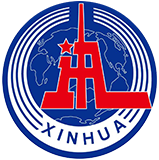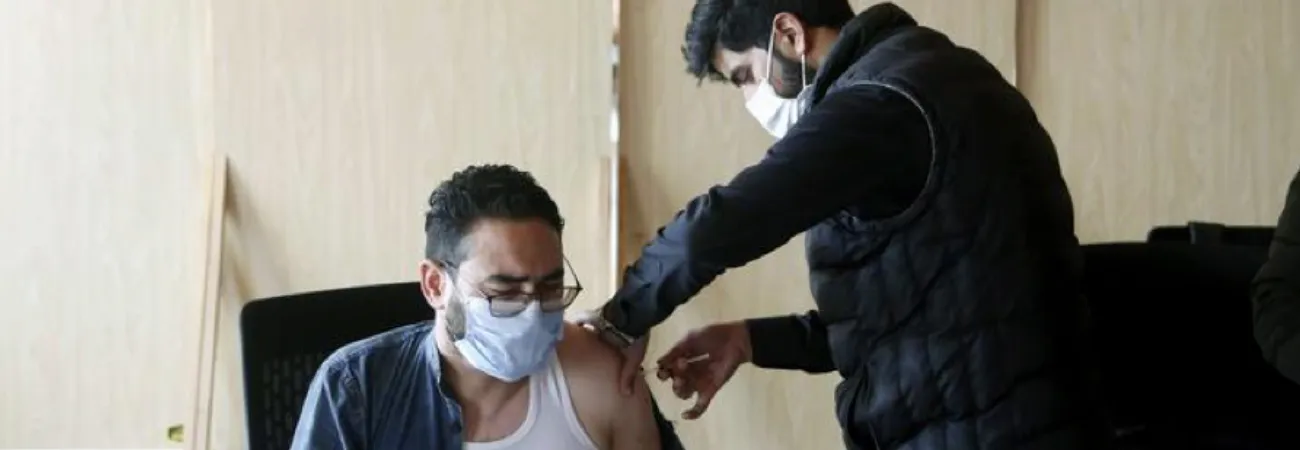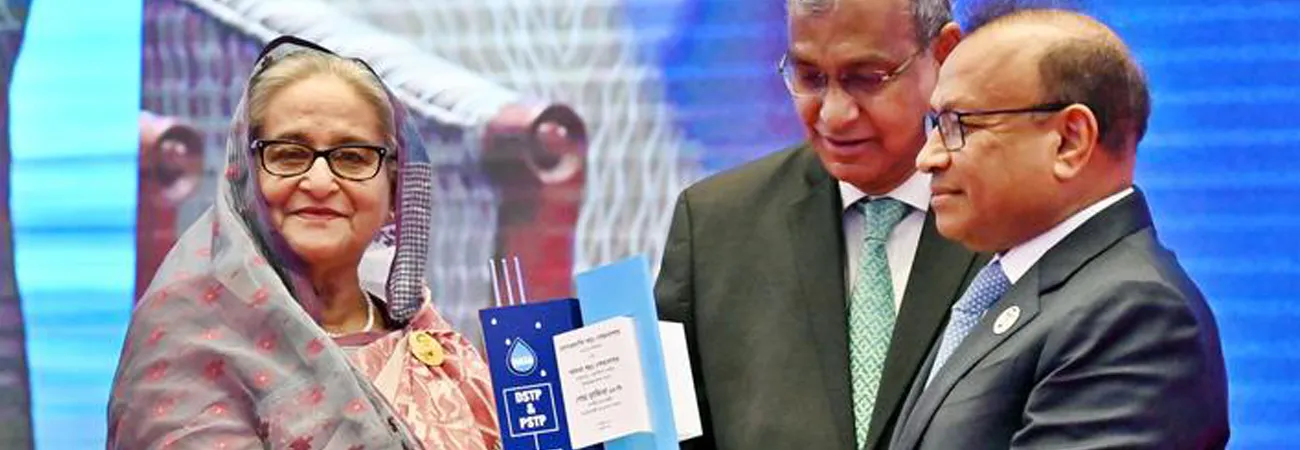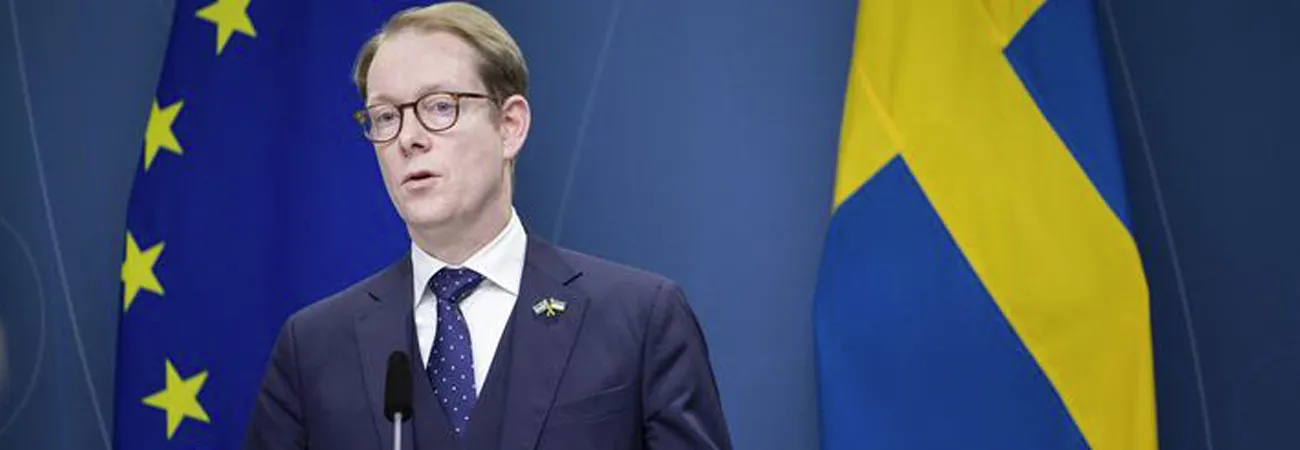XINHUA-PAKISTAN SERVICE
BEIJING, Dec.11 (INP): China, Pakistan Free Trade Agreement (CPFTA), to be implemented from January 1, will move forward bilateral trade between the two countries in a big way.
The CPFTA, Phase-II is a critical initiative to strengthen trade liberalization and deepen their all-weather strategic partnership, said Dr Wang Zhihua, Minister Counsellor in the Economic and Commercial Office of the Chinese Embassy in Pakistan.
In an interview with China Economic Net, he said it will provide more opportunities for Pakistani competitive goods to access the Chinese market, and to develop the bilateral trade in a more balanced way. While elaborating the new stage of the bilateral trade, Dr Wang Zhihua said the first phase of the free trade since its implementation in 2007, soared trade volume from dollar 4 billion to 15.6 billion, and the export volume from Pakistan to China rose from dollar 575 million to dollar 1.85 billion in 2019. Now upon the approval of the legal procedures, CPFTA Phase-II has come into force on December 1, 2019 and the tariff concession measures will be implemented from Jan 1, 2020, and that will be a big breakthrough in the bilateral trade.
He hoped more competitive products will be exported to each other due to the reduced tariffs. Take Pakistan for instance, it could export more competitive goods such as agricultural and textile products to China and increase its trade volume.
Furthermore, the Phase-II will enable China to import more high value added goods from Pakistan, which will drive Pakistani export-oriented industry and enable Pakistan to better integrate into regional industry chain and value chain, he added. When asked about the main difference between the CPFTA Phase-II and the previous one, Dr Wang Zhihua said, compared with the previous one, the revised CPFTA mainly reduces the tariffs and increases the level of trade liberalization of goods between the two countries. After the implementation of the Phase-II, the proportion of the tax items of mutual zero tariff products between the two countries will gradually increase from the previous 35% to 75%, and the level of liberalization will be more than double.
Both sides will cancel the tariffs for 10% tariff lines next year, 15% in five years, and the rest 15% in ten years. In addition, the two parties will also implement a 20% tax reduction onto other products that account for 5% of their own respective tariff lines. In order to accommodate Pakistan's concerns, China makes special arrangements in the revised FTA, under which 90% of China's imports from Pakistan will enjoy duty-free treatment, while Pakistan is to realize zero tariff on 67% of its trade volume. This fully reflects the special friendly relationship between the two sides. In the Protocol of the revised FTA, customs cooperation is added besides the upgrading and amending of the market access, the table of tariff concessions for goods trade, rules of origin, trade remedy, investment, etc. in the previous FTA. Concrete measures will be implemented to further reinforce the customs cooperation such as the customs electronic data exchange. About major products to be eligible for tariff concessions after the CPFTA Phase-II, he said on the basis of mutual benefit and win-win situation, China and Pakistan will include 80% of their tariff lines into tariff reduction.
China will adopt policies to grant zero-tariff treatment to 313 advantageous products which Pakistan concerns most, including cotton yarn, textiles, nuts and household accessories. In addition, China will also include the advantageous exports of Pakistan such as leather, clothing, shoes, hats AND aquatic products.
Pakistan will incorporate machinery and electrical equipment, furniture, textiles, phosphate fertilizer, glass products, automobile and motorcycle parts, etc. into tariff reductions. Answering a question about the Pakistani business community’s concerns regarding trade deficit with China, Dr Wang Zhihua said, the economic and trade cooperation between the two sides is a win-win situation. The Pakistan’s trade deficit with China is mainly caused by structural factors such as the differences in economic development stage and industrial structure between the two sides. The Chinese government has been actively working with Pakistani government to reduce the trade deficit. Many effective measures have been implemented such as making full use of various platforms to organize trade promotion activities and enhance the Pakistani export to China.
Besides this, inspection and quarantine cooperation on agricultural products have been carried out to promote the Pakistani cherry, onion, potato, beef and mutton to access the Chinese market; facilitation has been offered for Pakistani enterprises to participate in the key exhibitions such as China International Import Expo (CIIE) , Canton Fair and others to better explore Chinese market. The implementation of CPFTA Phase-II, he added will undoubtedly contribute to the development of CPEC. For example, the contractors could get raw materials and mechanical equipment from Chine with a lower price because some of them have been included in the tariff reduction lines, so the cost of the project will be reduced.
It will help to stimulate the trade and investment linkage, attracting more Chinese enterprises as well as other foreign investors to invest in Pakistan, so as to promote the development of export-oriented industries in Pakistan and expand its exports.
In addition, the revised CPFTA has included agricultural products such as nuts and aquatic products into tariff concession, which will not only promote the export of agricultural products to China, but also enhance agricultural cooperation under the umbrella of CPEC, he added.
INP/JAVED





